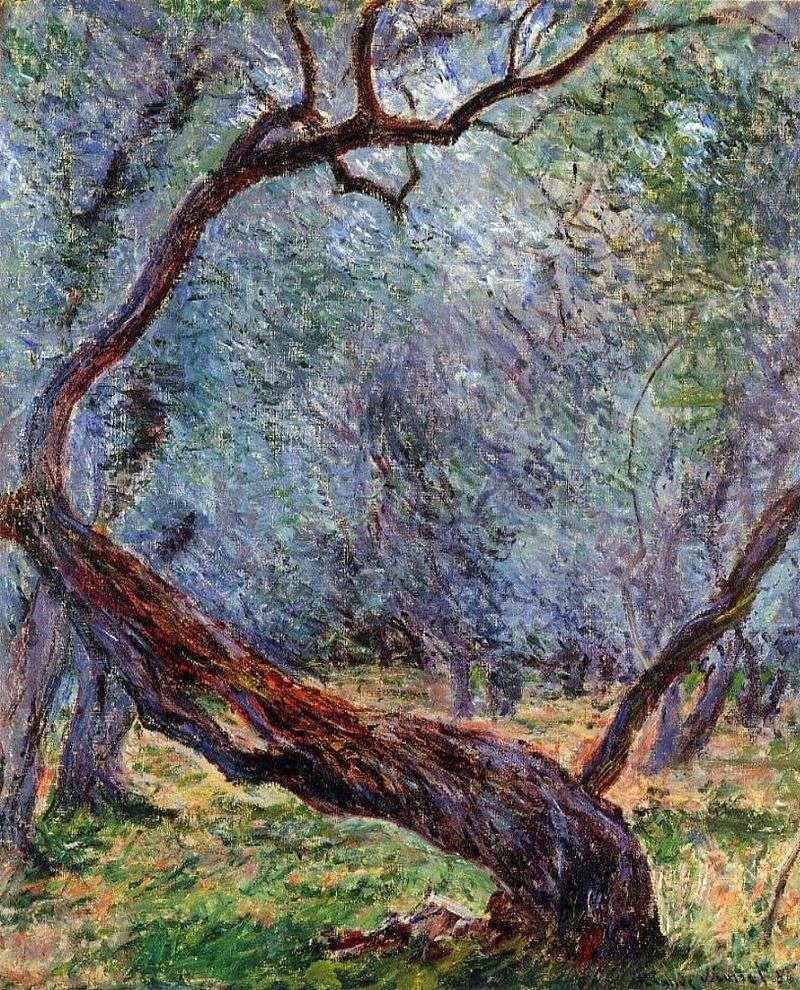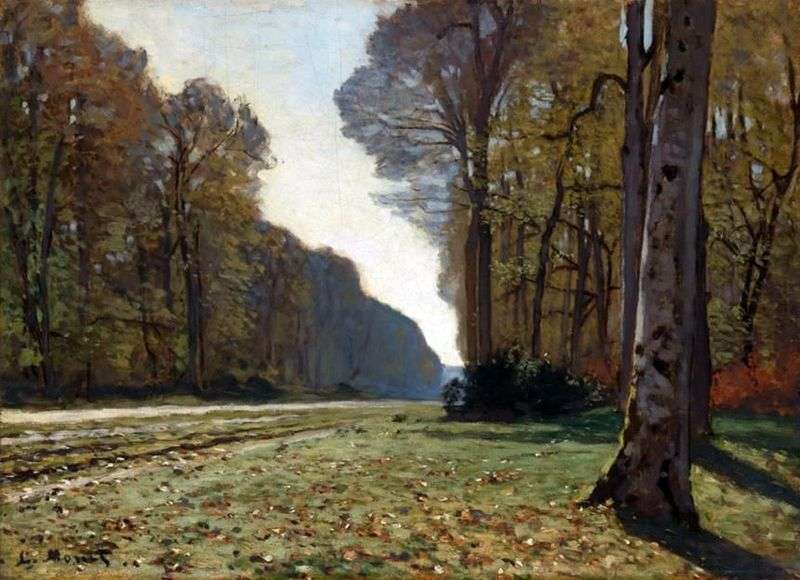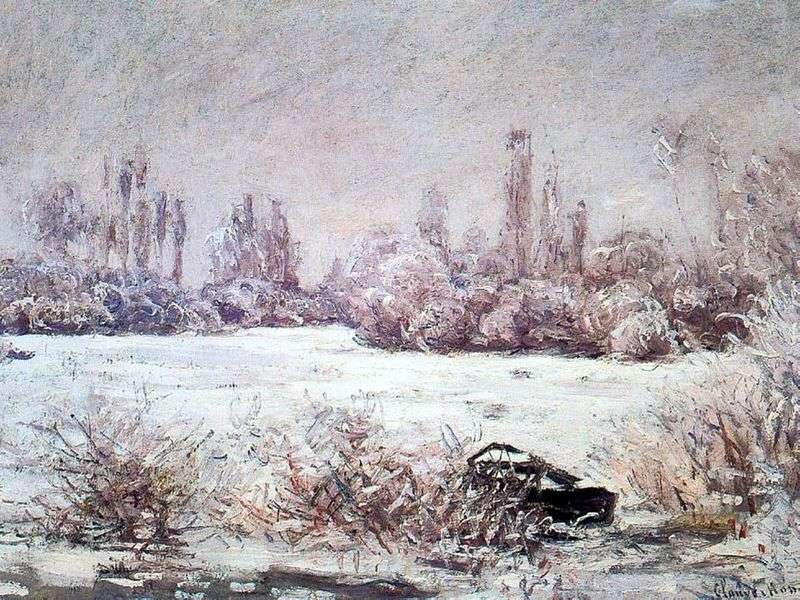
The work of Vincent Van Gogh’s “Study of Olive Trees” demonstrates the author’s vehement “dislike” for the play of light and shadow. As a rule, chiaroscuro rarely visited Gogh’s paintings, as in this case, turning the thickets of olive trees into a dense and gloomy forest. “Olive trees” – a work rather early for the artist’s work. It still shows through childishness and naive narration.
Attempts to portray the nature of Van Gogh left on a simple display of trunks with an admixture of kraplak and rare smears, leaves, green crowns. The picture was painted very carefully, so as not to disturb one’s own calm and satisfaction in depicting the real landscape. Vincent did not add extra details, detached bushes, lawns, but wrote what he was sure of. These are bare textured giants and ripples of a horizontal plane of grass. Trying to write the real world, Van Gogh stopped at a mean combination of color spots.
In addition, each of the plans for the composition contains an incredible variety of colors – in the footsteps of impressionism. The abundance of flowers of the same temperature is present in the imprint of the sky. Not leaving alone the love of brush strokes, the artist gave the sky a dynamic, hinting at the movement of the crowns and the walking wind. This applies to all work, where imprinted imprint stroke. Technique Van Gogh was already bizarre. It resembles pointillism on the principle of applying paint on a plane. His landscape can be compared with fish scales and the way to display, and in fact. It is rather cold and cold. And this is not looking at the idea. After all, olives are associated with the sun, warmth and an abundance of juicy fruits. And the proposed picture is not so sunny. Nature in the sketch turned out not alive. Flat perception gives the landscape a lack of contrast of shadows and glare, as mentioned above.
The composition is captured with an emphasis on a nearby tree with a bizarre bend of the trunk. For his writing, Van Gogh used a combination of cold lilac paint and chocolate. In some places there are blotches of greenery in order to revive the drawing. It is evident that the author’s hand did not work bravely, leaving voids near objects. In general, the study deserves praise, given the fact that Vincent Van Gogh did not have the proper art education. His own perception of the world and the comparison of simple forms of nature with the human body can be traced in this canvas. Perhaps the forms are slightly exaggerated and the “moored” motif of the landscape, but this is the whole author: “I exaggerate, sometimes change the motive, but still do not invent the whole picture: on the contrary, I find it already finished in nature. All the question is how to get her out of there. “
 Olive trees by Vincent Van Gogh
Olive trees by Vincent Van Gogh Olive Trees by Vincent Van Gogh
Olive Trees by Vincent Van Gogh Olive Grove IV by Vincent Van Gogh
Olive Grove IV by Vincent Van Gogh The shallows on the river in the spring by Claude Monet
The shallows on the river in the spring by Claude Monet Olive grove: the orange sky by Vincent Van Gogh
Olive grove: the orange sky by Vincent Van Gogh Studio Boat by Claude Monet
Studio Boat by Claude Monet The road to Bass Bro, Fontainebleau by Claude Monet
The road to Bass Bro, Fontainebleau by Claude Monet Frost by Claude Monet
Frost by Claude Monet